Rising Demand for Minimally Invasive Procedures
The increasing preference for minimally invasive procedures is a notable driver in the Medical Device Contract Manufacturing Market. These procedures are associated with reduced recovery times, lower risk of complications, and enhanced patient satisfaction. As healthcare providers seek to adopt advanced technologies, the demand for specialized medical devices that facilitate these procedures is likely to rise. This trend is reflected in market data, indicating that the minimally invasive surgical devices segment is projected to grow at a compound annual growth rate of approximately 8.5% over the next five years. Consequently, contract manufacturers are expected to adapt their capabilities to meet the evolving needs of device developers, thereby driving growth in the Medical Device Contract Manufacturing Market.
Increased Investment in Healthcare Infrastructure
Investment in healthcare infrastructure is a critical driver for the Medical Device Contract Manufacturing Market. Governments and private entities are allocating substantial resources to enhance healthcare facilities, particularly in emerging markets. This investment is aimed at improving access to quality healthcare services and is likely to spur demand for medical devices. According to recent data, healthcare spending is anticipated to reach over 10 trillion dollars by 2025, which will inevitably lead to an increased need for contract manufacturing services. As healthcare systems expand, the requirement for innovative medical devices will grow, prompting contract manufacturers to scale their operations and capabilities to meet this burgeoning demand.
Technological Integration in Manufacturing Processes
The integration of advanced technologies such as automation, artificial intelligence, and data analytics into manufacturing processes is transforming the Medical Device Contract Manufacturing Market. These technologies enhance efficiency, reduce production costs, and improve product quality. For instance, the adoption of automation in assembly lines has been shown to increase production speed by up to 30%, which is crucial in meeting the rising demand for medical devices. Furthermore, the use of data analytics allows manufacturers to optimize their supply chains and predict market trends more accurately. As a result, companies that leverage these technologies are likely to gain a competitive edge, thereby driving growth in the Medical Device Contract Manufacturing Market.
Growing Aging Population and Chronic Disease Prevalence
The aging population and the rising prevalence of chronic diseases are significant factors influencing the Medical Device Contract Manufacturing Market. As the global population ages, there is an increasing demand for medical devices that cater to the needs of older adults, such as mobility aids, monitoring devices, and surgical instruments. Data suggests that by 2030, the number of individuals aged 65 and older will surpass 1 billion, leading to a heightened need for healthcare solutions. Additionally, the prevalence of chronic diseases such as diabetes and cardiovascular conditions is on the rise, further driving the demand for innovative medical devices. This trend compels contract manufacturers to enhance their product offerings and capabilities to address the specific needs of this demographic.
Focus on Customization and Personalization of Medical Devices
The trend towards customization and personalization in medical devices is emerging as a key driver in the Medical Device Contract Manufacturing Market. Healthcare providers are increasingly seeking tailored solutions that meet the unique needs of individual patients. This shift is prompting contract manufacturers to develop flexible production processes that can accommodate small batch sizes and customized designs. Market data indicates that the personalized medicine segment is expected to grow significantly, with a projected increase of over 10% annually. As a result, contract manufacturers are likely to invest in advanced technologies and processes that enable them to deliver customized medical devices efficiently, thereby enhancing their competitiveness in the Medical Device Contract Manufacturing Market.


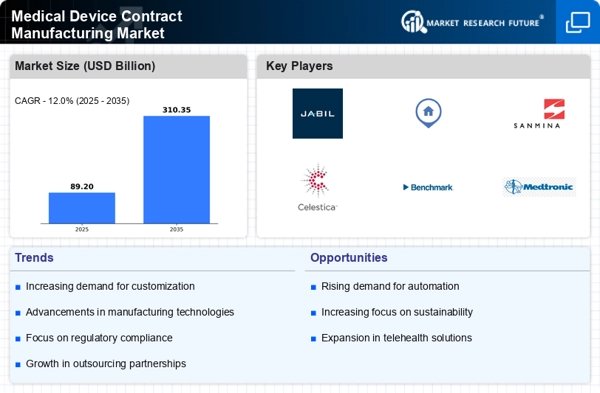
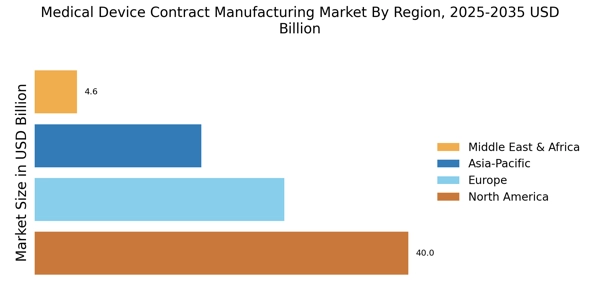
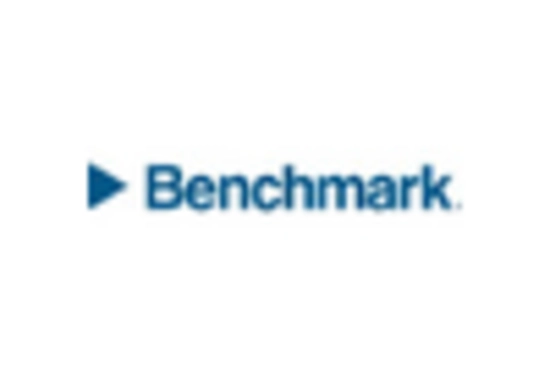


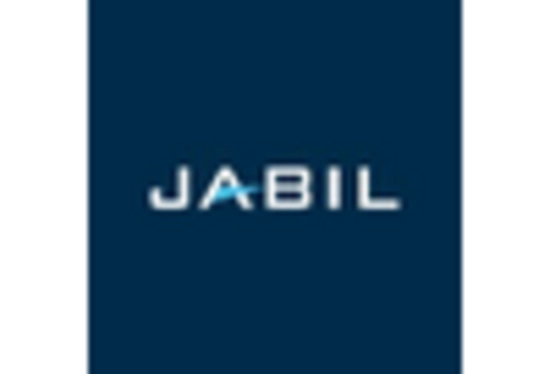

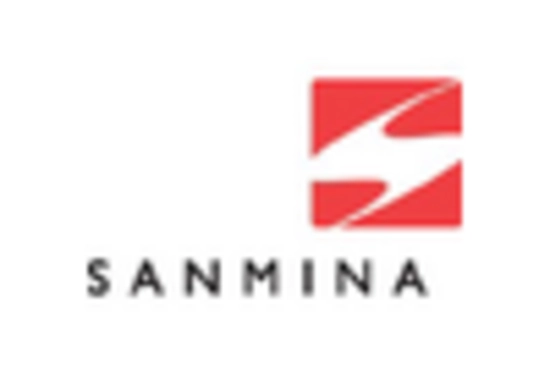








Leave a Comment